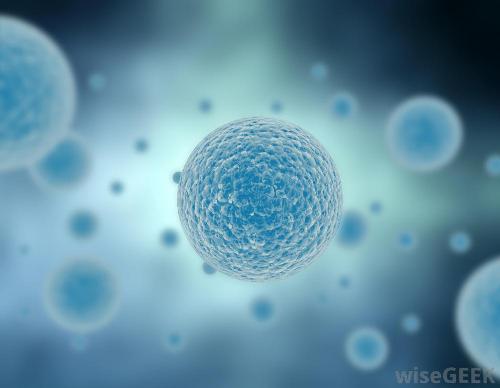

Any additional distribution is in violation of the College Board’s copyright policies and may result in the termination of Practice Exam access for your school as well as the removal of access to other online services such as the AP Teacher Community and Online Score Reports.Ĭontents Exam Instructions Student Answer Sheet for the Multiple-Choice and Grid-In Section Section I: Multiple-Choice and Grid-In Questions Section II: Free-Response Questions Multiple-Choice and Grid-In Answer Key Free-Response Scoring Guidelines Scoring Worksheet Further distribution of these materials outside of the secure College Board site disadvantages teachers who rely on uncirculated questions for classroom testing. Exams may not be posted on school or personal websites, nor electronically redistributed for any reason. To maintain the security of this exam, teachers should collect all materials after their administration and keep them in a secure location.
AP BIO GRIDABLE CELL CYCLE DOWNLOAD
Teachers are permitted to download the materials and make copies to use with their students in a classroom setting only. This Practice Exam is provided by the College Board for AP Exam preparation. (not always associated with mitosis).NOTE: This is a modified version of the 2015 AP Biology Exam. division is also used for regeneration and repair. Functions and cytokinesis have major roles in growth in eukaryotic organisms. REVIEW: How many chromosomes does a cell with 78 chromosomes during the G1 phase of the cell cycle have during prometaphase of mitosis? prometaphase of mitosis occurs after DNA synthesis, the number of chromatids will have doubled, but since two chromatids still count as one chromosome, you will still have 78 chromosomes. So one cell would contain sixteen nuclei. After the fourth mitosis, we have sixteen nuclei. After the third mitosis, we have eight nuclei. After the second mitosis, we have four nuclei. So plant cells have to build a separate cell wall dividing the two new plant cells REVIEW: If a fruit fly zygote goes through mitosis four times but never undergoes cytokinesis, what do you predict will be the outcome? start with one nucleus. cells have cell walls that would split contractile rings. animal cells, a set of proteins called the contractile ring will slide past each other and contract the equator of the animal cell. the cell splits varies depending on what type of cell is splitting. The cell starts to elongate when the chromatids are separated and pulled toward opposite sides of the cell. usually begins during anaphase of mitosis. is the division of the cytoplasm that results in two daughter cells (usually occurs in conjunction with mitosis, but not always). condensed chromosomes begin to decondense. new nuclear envelopes will for around the chromosomes. sister chromatids split (which then consider them chromosomes) towards opposite sides of the cell. the spindle is attached to the chromosomes, it will move the chromosomes into a line formation in the middle of the cell. spindle will attach to the kinetochores (a protein structure found in the centromere of each sister chromatid) in the centromeres of the chromosomes. spindle (a protein apparatus that is responsible for moving the chromosomes around the cell during mitosis) starts to form in the cytoplasm nuclear envelope disappears. is the division of the nucleus that results in two identical nuclei (assuming no errors). Phase Mitotic phase of the cell cycle involves a pair of related mitosis and cytokinesis. Gap (G2) this phase, the cell is growing and making final preparations for cellular division. Synthesis (S) section of the cell cycle where DNA is synthesized and replicated for cell division. Gap (G1) this phase, the cell is carrying out its normal cellular functions, along with slight growth to prepare for cellular division. are two main sections of the cell cycle, Interphase (split into three sections) and Mitotic Phase.

Preview text Principles of Biology Unit 2: Cell Division The Cell Cycle Cell Cycle cell cycle is the event sequence during which a eukaryotic cell replicates DNA and divides.


 0 kommentar(er)
0 kommentar(er)
